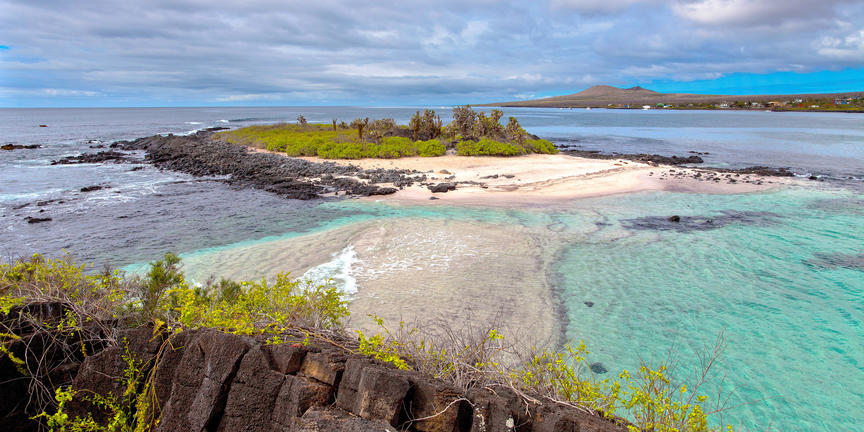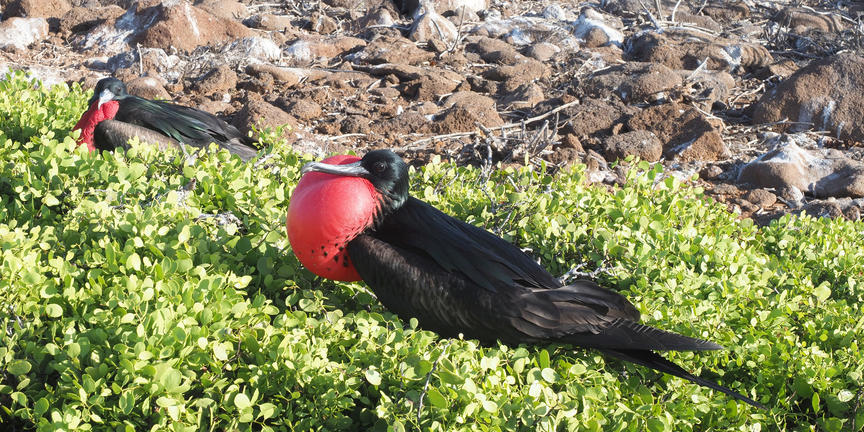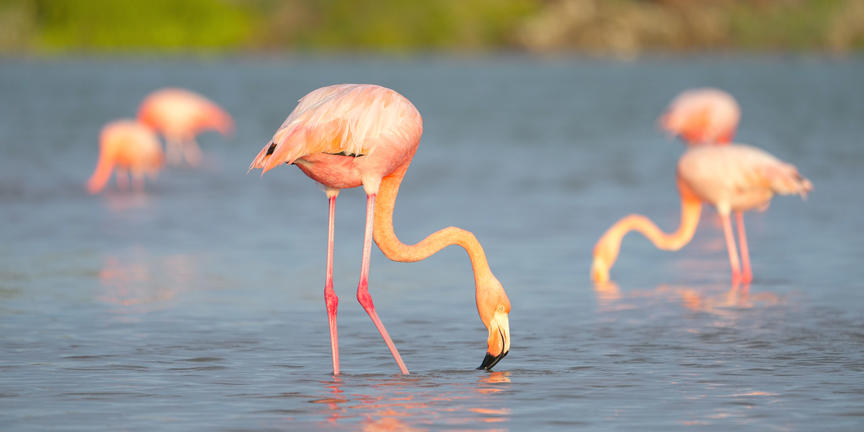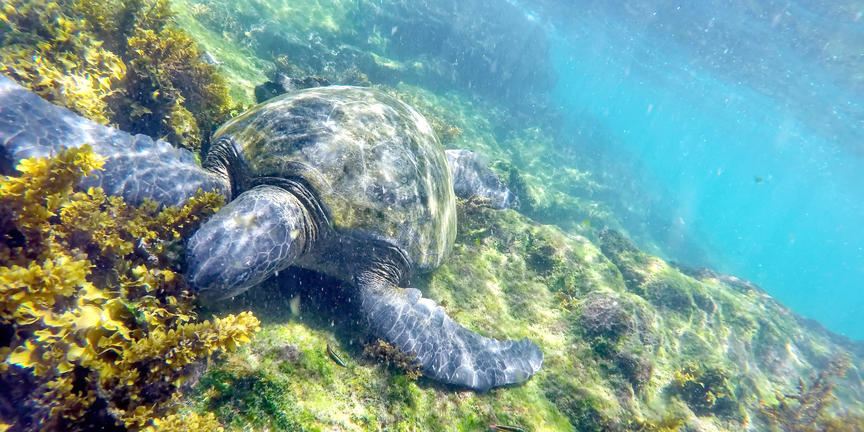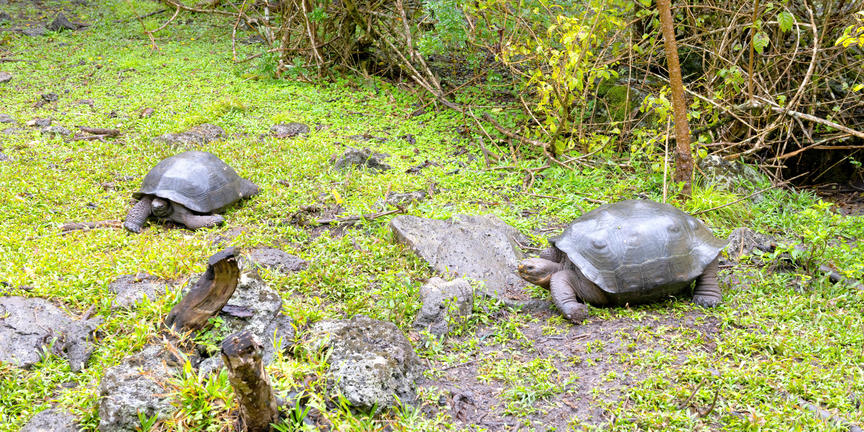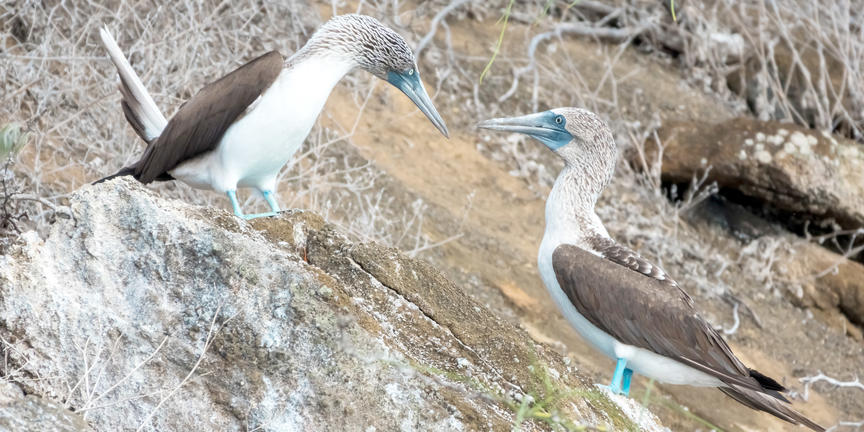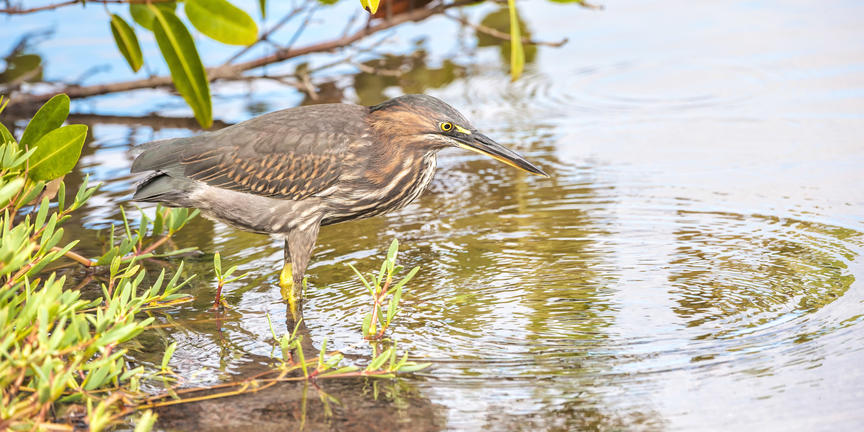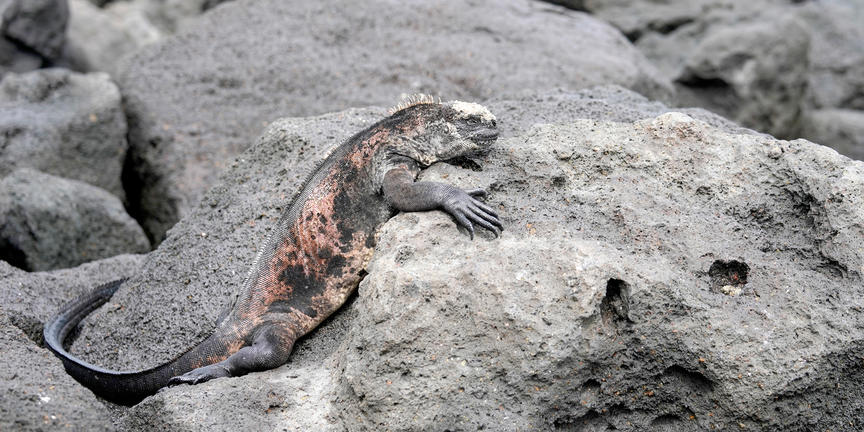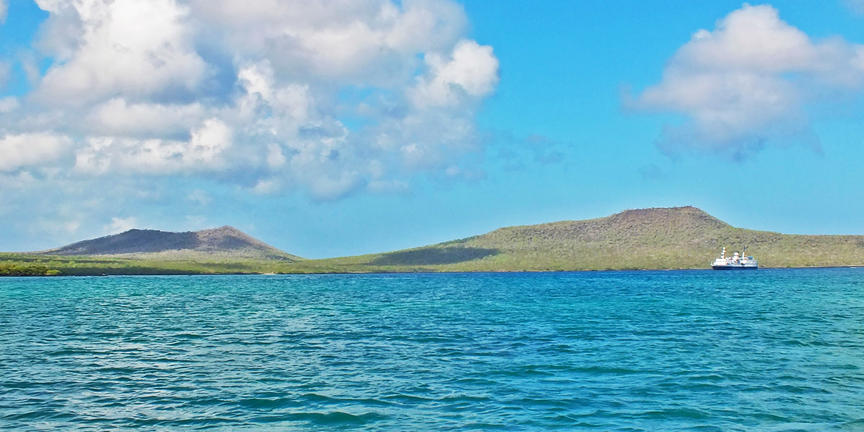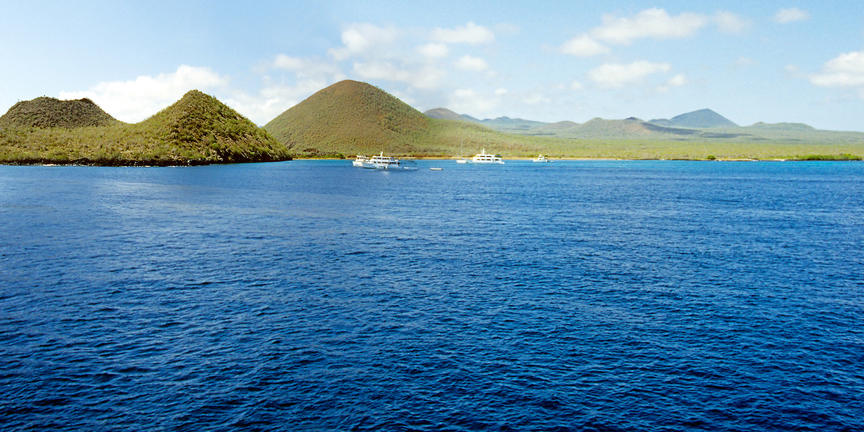Neighbouring Colombia and Peru, Ecuador is a relatively small country that nevertheless offers an enticing array of scenic landscapes, diverse wildlife species and interesting cities. Dense Amazon rainforest, towering Andean mountain peaks, palm-fringed Pacific Coast beaches and fascinating historical sites are all part and parcel of Ecuador’s prolific charms. The former Inca town of Cuenca is the nation’s third-largest city and a Unesco World Heritage Site. This alluring city, with its cobbled streets, beautiful architecture and photogenic plazas, boasts a huge variety of museums and art galleries. The vibrant capital city of Quito is also worth a visit. Arguably the most dazzling jewel in Ecuador’s crown is the Galapagos Archipelago in the Pacific, about 1000 kilometres west of the mainland. Their magnificent, pristine landscapes and prolific wildlife, which inspired Charles Darwin, have made this cluster of islands a world-famous travel destination.
Established in 1975 as a protected area, Cotopaxi National Park – situated about 50km southeast of the capital Quito – represents the most impressive of what Ecuador has to offer by way of animals and birds, including the majestic Andean condor, as well as magnificent photographic opportunities in the form of spectacular valleys, lakes and a number of volcanoes. Centre stage is occupied by the snow-laden Cotopaxi volcano that rises to 5 890m – a favourite with mountaineers. An excursion might have you spying puma, the rare Andean spectacled bear, Andean fox or orange-headed caracara, which is endemic in the area. The ruins of Incan forts and other ancient stone building remains can be seen surrounding Santo Domingo Lake.
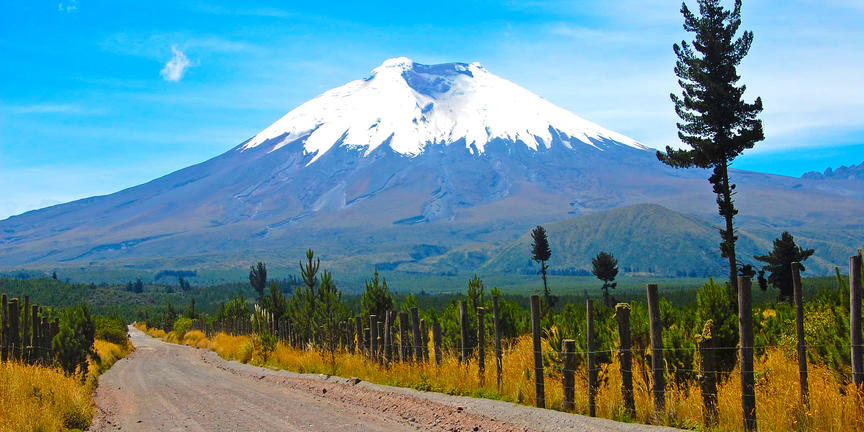
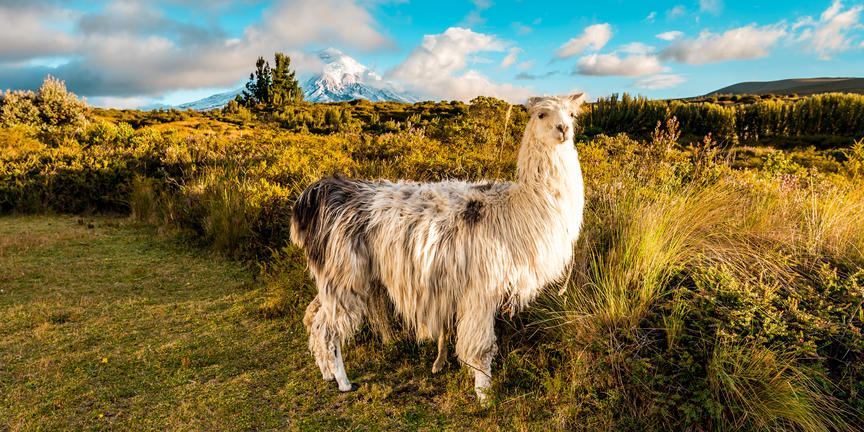
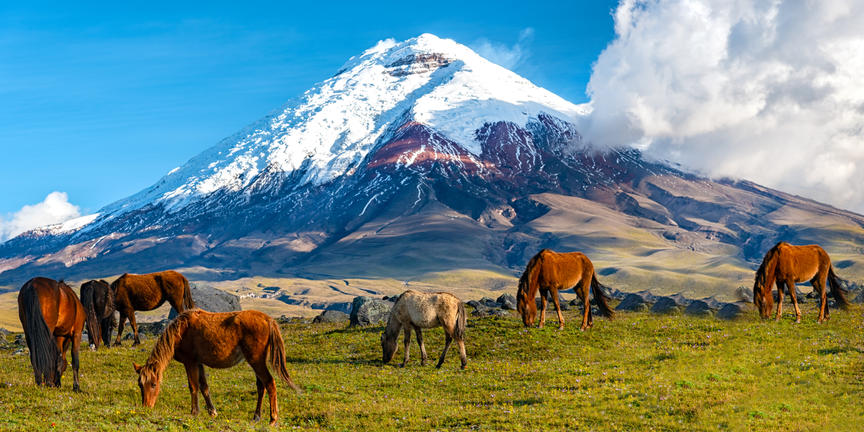

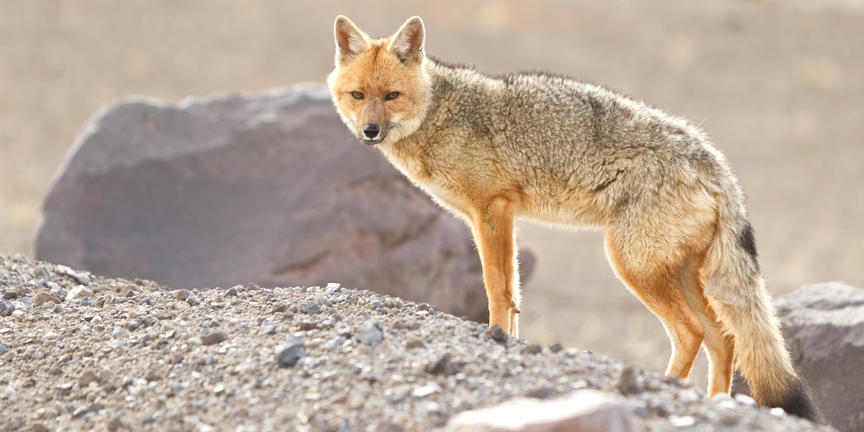
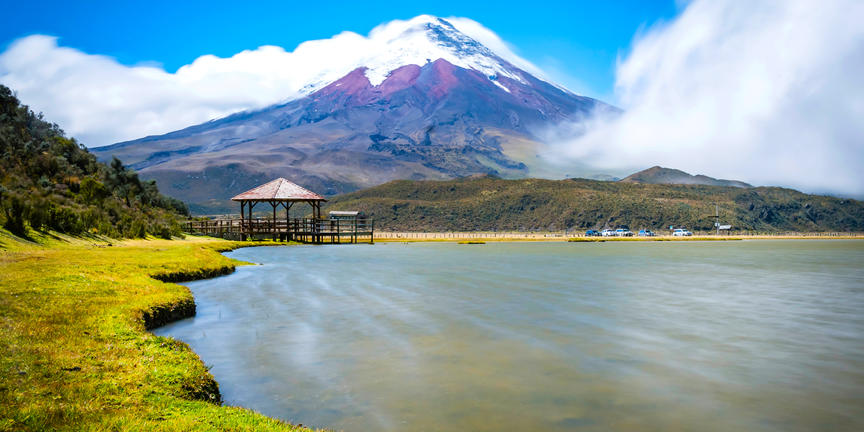

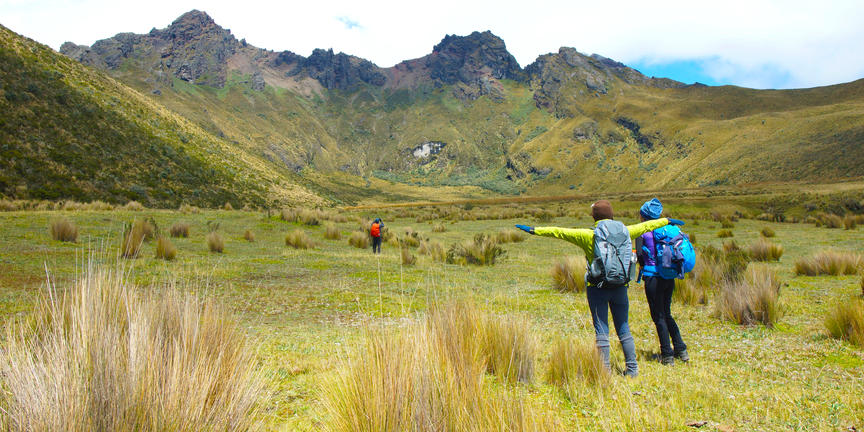
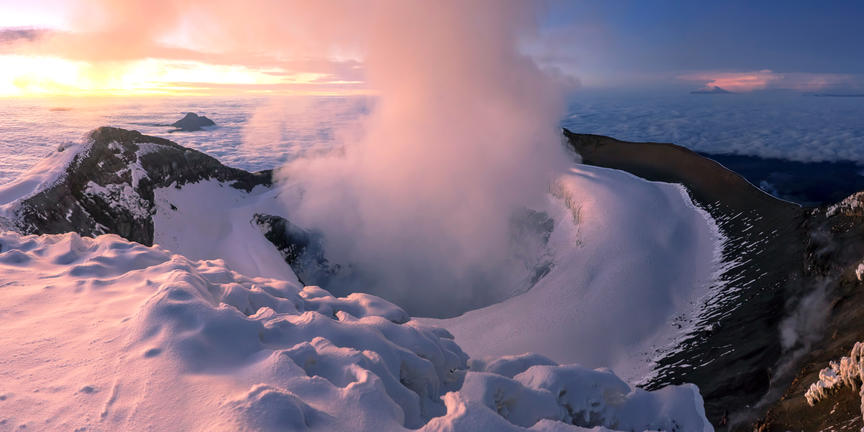
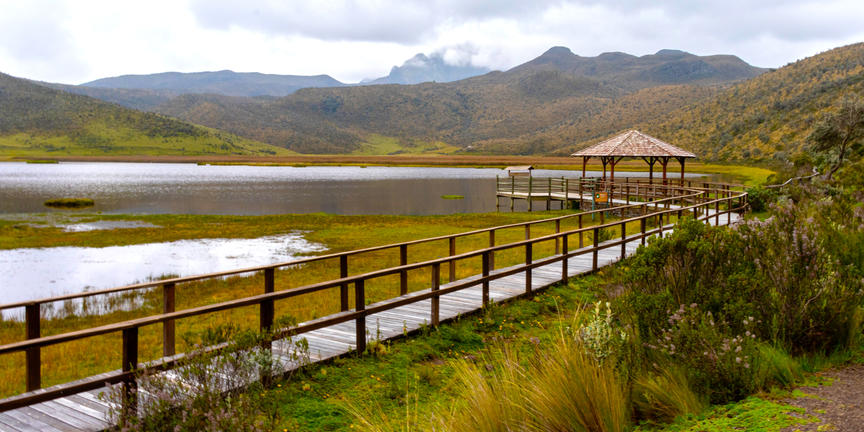
Floreana Island is located in the far southern portion of the Galapagos archipelago. As the first of the islands to support permanent human habitation, Floreana boasts a rich heritage complete with tales of buccaneers, pirates, whalers, convicts, and colonists. Visitors are invited to follow in the footsteps of whalers in the 1700s and drop a postcard into the famous "post office" barrel. At the island's northern tip is Punta Cormorant, with its two beaches, one of which forms a nesting site for Galapagos green turtles and is aptly named "Flour Beach" for its soft, powder-white sand. Between these two beaches lies a salt lagoon frequented by long-legged greater flamingoes and other shorebirds. Floreana's unique human history, fascinating geology, remarkable wildlife, and the little village of Puerto Velasco Ibarra, offering excellent lodging and food, make an ideal base for visitors looking to explore these unforgettable islands.
